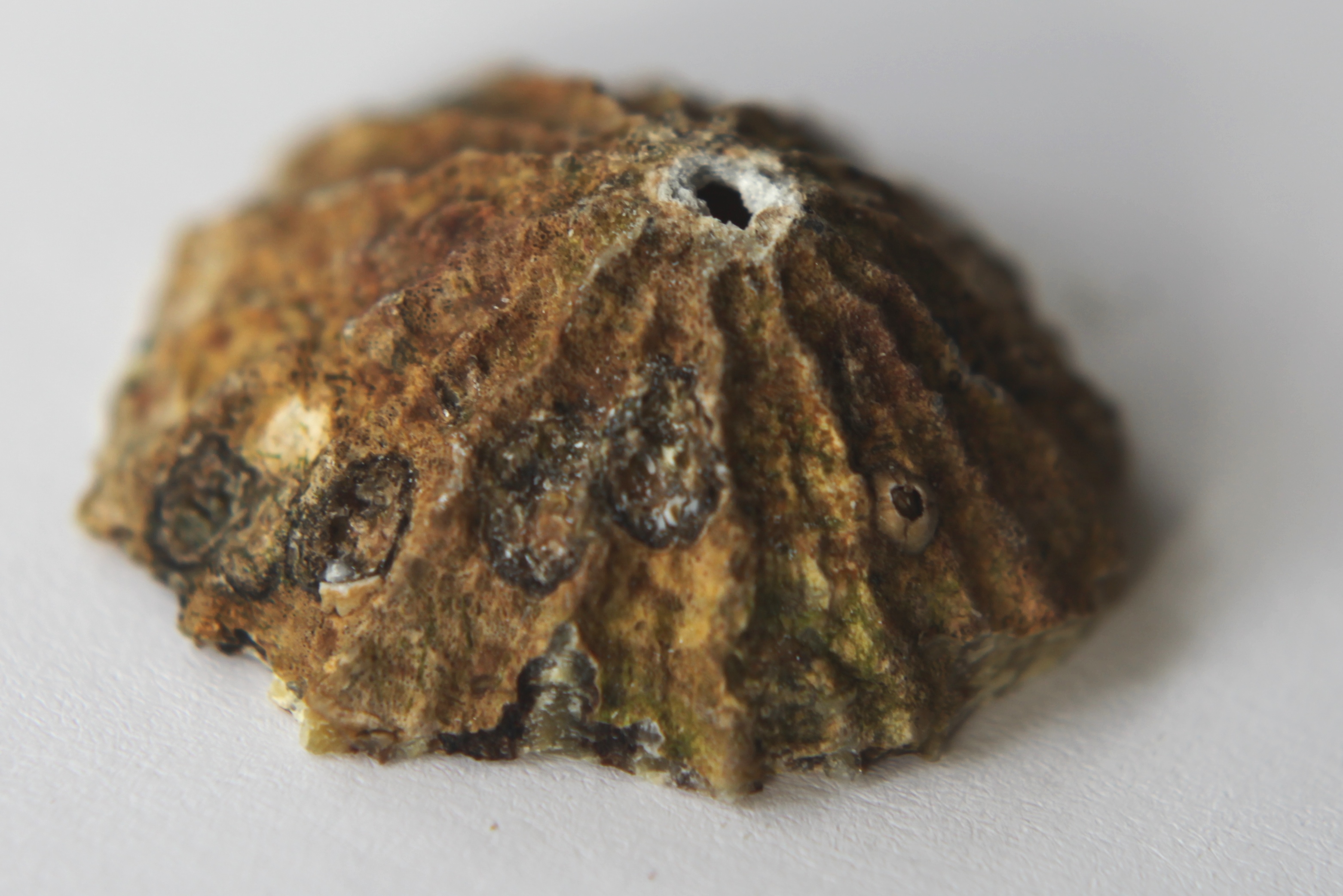
In the lab, the researchers simulated stresses that limpets may be required to cope with in the wild. Dropping weights were used to mimic rough seas and moving rocks, general abrasion and shell weathering was performed using a metal file, and attacks from predators were simulated by using a nail to create a small hole in the apex of the limpet’s shell.
The researchers discovered that the apex of the shell protects the inside of the limpet by acting like the “crumple zone” of a car, taking the brunt of any major damages. They were surprised to learn, however, that any shell damage is sensed by the limpet before they actively carry out repairs themselves. These repairs are performed through the deposit of new biological material that repairs structural weaknesses and restores the shell to its former mechanical strength. Although the damaged shell never recovers its former thickness, it regains its former protective strength.
Professor of Materials Engineering David Taylor commented on the surprising discovery, saying: “We’ve studied healing before, in human bones and also in the exoskeletons of insects, but we were amazed to discover that these simple marine organisms are capable of reacting in a very subtle and clever way.”






